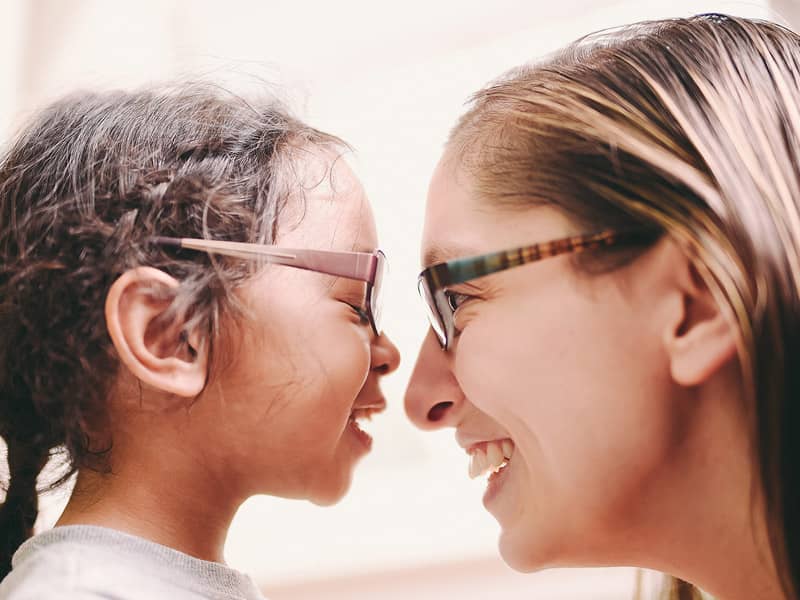
As one begins to feel comfortable using their own internal guidance system (IGS), you can teach your child how to use theirs. We always begin with feelings. Teach your child to pay close attention to what their feelings are communicating to them, but feelings are merely the first tool in a series:
Feelings
Young children are very aware of how they feel. They are quick to tell others when they are happy, sad or when they have a specific need.
We are all born without any filters, believing that whatever we desire should be granted. Children unconsciously know and understand that they have an internal guidance system, and they use it to make every choice.
In animals, we refer to this natural knowledge as instincts. Children naturally “follow the fun,” and instinctively know that when they are happy, everything is good, and things work out well for them. Your child understands that whatever feels good is the right choice or the right course of action. Children know that whatever feels good is the right choice until others start telling them differently.
Trust
In the same way, children also possess an instinct or radar to help keep them safe. They know when someone or something feels bad to them, and they will naturally want to keep their distance. You can see this radar in action when children meet strangers. Often, a child may have a lot of resistance towards a stranger but cannot tell you why they feel that way.
This is their IGS working. As parents, we do not need to create an IGS system for our child. Our task is to help our children recognize, trust, and use their own IGS system wisely.
The temptation for most parents is to control and decide for our children from a place of fear, because we do not trust that our children have an IGS, or that they can use that system wisely. It is far better and provides far greater value to teach your child how to recognize and trust what their IGS system is communicating to them rather than deciding what choices your child should make. Coaching and mentoring your children to make their own healthy decisions will increase their confidence and help them find their highest path.
Intention
You can teach a child how to set his or her intentions by asking what your child wants. This involves not only helping your child verbalize and recognize what it is they want in the current moment, but also what he or she wants at a future time.
This kind of process helps your child develop the skill to look farther down the road to where he or she ultimately wants to be, and what he or she ultimately wants to have.
Intention is different from a goal, in that goals are end point outcomes, while intention is the energy that drives us forward towards obtaining our goal.
If we can teach our children to know what their feelings are indicating to them and to trust that those feelings are valid, we can help our children transition through their natural stages of development knowing that they possess everything inside of themselves to create their ideal lives. They will never feel the need to rely on others or external forces to create what they want.
Sharon Ballantine has offered coaching and mentoring to help improve people’s lives since 2007, when she was certified as a Law of Attraction Life Coach from Quantum Success Coaching Academy. In 2011, she graduated from The Four Winds Society –Light Body School of Energy Medicine, founded by Alberto Villoldo PhD. To learn more about Ballantine and how she can help you to achieve your magical life please visit http://www.SharonBallantine.com.

